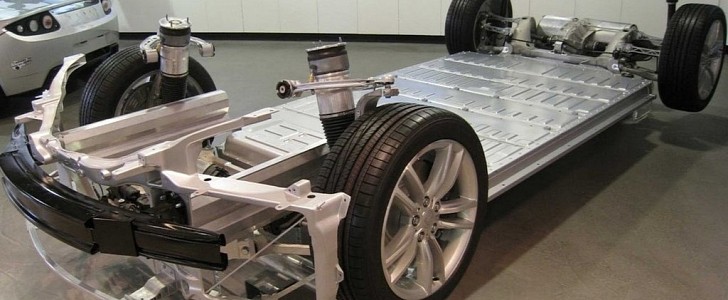Lithium-ion-phosphate or LFP batteries offer a lot to Tesla. However, the current nickel-cobalt-aluminum batteries will continue in longer-range models. We break down the shift.
Nickel-cobalt-aluminum oxide (NCA) batteries are inside every single Tesla on sale today. They're reliable and of high quality. Still, they have their drawbacks.
First, they're more expensive. Part of that comes down to how much rarer cobalt is. Second, NCA batteries can degrade if they're regularly charged to 100%. That's why Tesla owners can set a limit well below 100% of the charge that their cars will stop at when reached.
LFP batteries solve both of these problems.
Charging to 100% over and over without degradation is no big thing for LFP batteries. They're also considered safer because they're more stable. They're also considerably cheaper.
It's expected that cost is perhaps the biggest factor in the decision to transition all standard range models. Currently, roughly 95% of LFP cathode production happens in China. So lower costs would allow Tesla to add a bit of padding to its bottom line.
Still, LFP batteries aren't without their drawbacks. First, they're heavier, which will reduce outright performance in every metric.
Well, perhaps that's too simplistic. They're not as energy-dense. Meaning that to achieve the same total range as an equivalent NCA-batteried Tesla, the LFP model would need more physical battery present.
Second, they're not as happy in colder weather. Both LFP and NCA batteries lose performance in cold weather, but the effect is greater on LFP cells.
Still, this could end up being a big win for Tesla and its customers. We don't expect prices to go down but added profit could speed up future projects like the Model 2.
It should be noted that other manufacturers like Ford and Volkswagen have also expressed interest in LFP cells. While it could sound like a move that would cheapen a Tesla, most buyers likely won't be concerned with the nuance.
First, they're more expensive. Part of that comes down to how much rarer cobalt is. Second, NCA batteries can degrade if they're regularly charged to 100%. That's why Tesla owners can set a limit well below 100% of the charge that their cars will stop at when reached.
LFP batteries solve both of these problems.
Charging to 100% over and over without degradation is no big thing for LFP batteries. They're also considered safer because they're more stable. They're also considerably cheaper.
It's expected that cost is perhaps the biggest factor in the decision to transition all standard range models. Currently, roughly 95% of LFP cathode production happens in China. So lower costs would allow Tesla to add a bit of padding to its bottom line.
Still, LFP batteries aren't without their drawbacks. First, they're heavier, which will reduce outright performance in every metric.
Well, perhaps that's too simplistic. They're not as energy-dense. Meaning that to achieve the same total range as an equivalent NCA-batteried Tesla, the LFP model would need more physical battery present.
Second, they're not as happy in colder weather. Both LFP and NCA batteries lose performance in cold weather, but the effect is greater on LFP cells.
Still, this could end up being a big win for Tesla and its customers. We don't expect prices to go down but added profit could speed up future projects like the Model 2.
It should be noted that other manufacturers like Ford and Volkswagen have also expressed interest in LFP cells. While it could sound like a move that would cheapen a Tesla, most buyers likely won't be concerned with the nuance.





